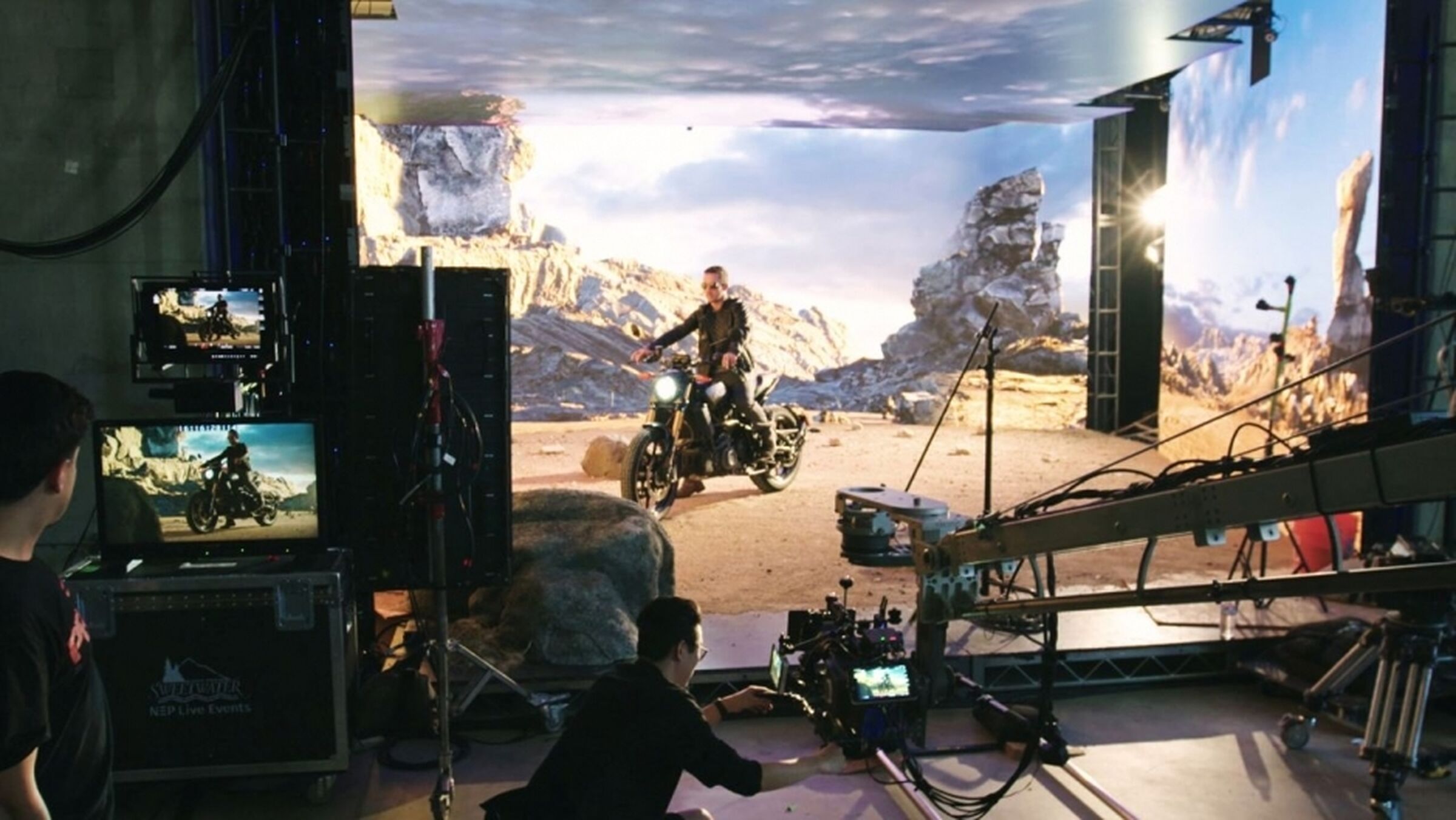074
Natasha Sandmeier
Stranger than Fiction
Today’s conversation is about the influence of new representational tools (gaming software, deep fake video) on architecture and design.

Epic Games Virtual Production
As architects and designers we use representational techniques to articulate our ideas. To paraphrase the great Robin Evans – techniques we use are never neutral translations of prerequisites. In short, the tools we as designers use to make decisions have predetermined solutions or proclivities already embedded within them.
They’re not neutral.…and it’s important to be aware of those preexisting proclivities. Being aware of what they both allow us to see better while also making other things more difficult to see. These lessons from Robin Evans are always rattling around in my mind.
And so, in the last few years as we’ve seen an increase in Deep Fake video’s, photorealism software and gaming engines (The Unreal Engine 5 unveiling being the most recent just earlier this month) it’s no surprise that this would peek our interests as architects. (I’ve embedded links within podcast description if you’re interested)
In line with Robin Evans, it’s important to think about how our techniques of representation are at the service of the discipline. - essentially making sure the tail isn’t wagging the dog. And no doubt, some would argue that our techniques of representation are the dog but we can argue about that another day.
Architecture is more than the forms we give it, it’s about the people that use those spaces. It’s the behavior and experiences of people that complete the circuit ….
And beyond scale figures that often only get sprinkled in after the completed design, architecture tends not to go much beyond ergonomics when representing people in architecture.
It would seem that these emerging techniques of Deep Fakes, photo realism, video game simulations are interesting because unlike techniques that might make an individual or office an expert in shaping geometry, these other techniques permit the engagement of social or environmental behaviors.
Architecture, landscape architecture, and design in general remains heavily tied to visual representations and I don’t think there’s any reason to hope that this changes.…
but techniques that position social and environmental behaviors at the foreground during design can help pivot the discipline away from putting so much celebration almost solely on the expertise of geometric control.
I’m of course aware of diagrams and energy simulations that allow architects to operate beyond geometry, but this is something altogether different and that will be more apparent in the conversation ahead.
Natasha Sandmeier
Natasha Sandmeier’s work and research straddles the worlds of architecture and visualization – with a long-standing interest the role of media within the creation and production of speculative architectures and environments. She is an educator and leads the postgraduate Entertainment Studio at UCLA Architecture & Urban Design. She is an architect and founding partner of Studio OUR, and the author and editor of Little Worlds (London, 2014); a monograph of projects and essays re-examining the role of the architect within contemporary architectural culture.
